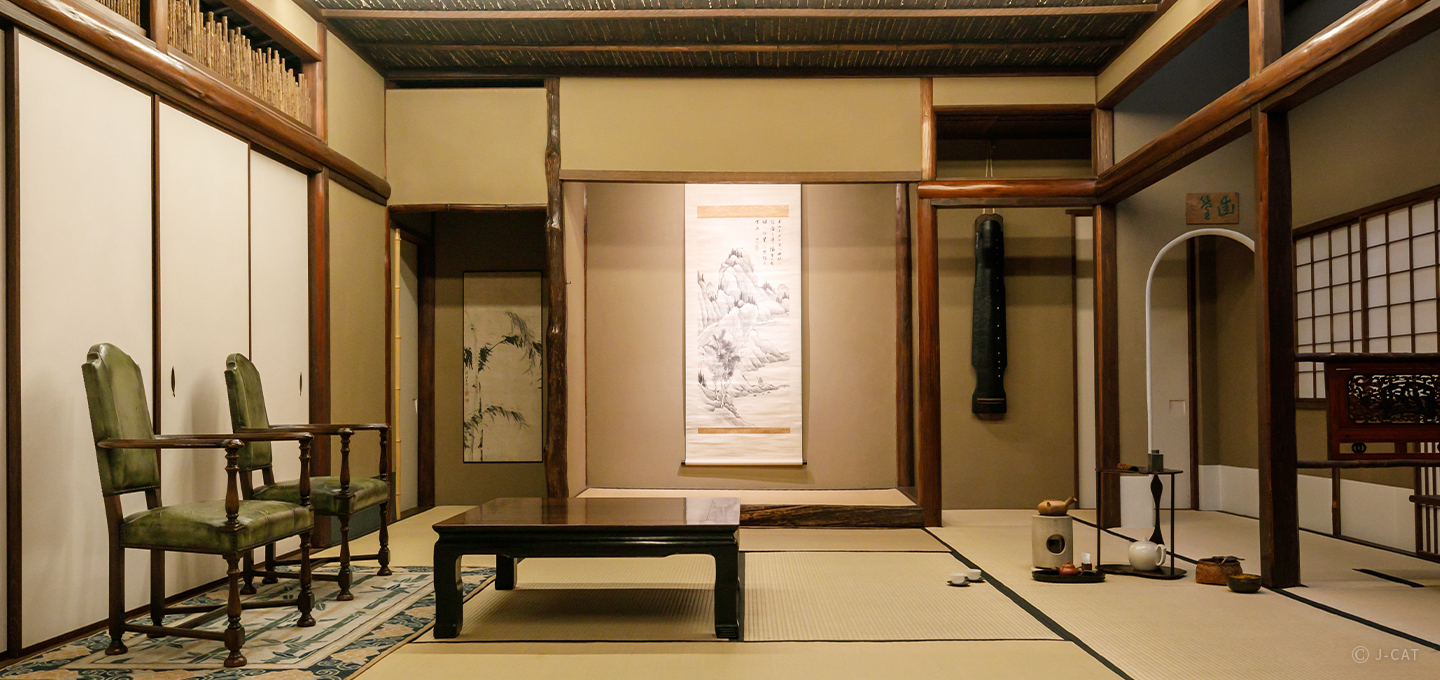
Special Experience
Osaka
Steep Yourself in the Playful Erudition of Bunjin Sencha – the Literary and Artistic Salon Culture of the Edo Period – for a Deeper Appreciation of Tea, Ink Painting, and Conversation
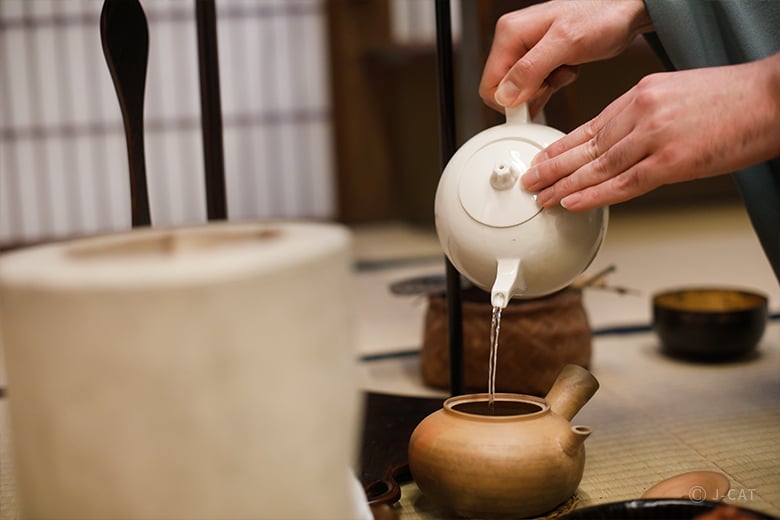
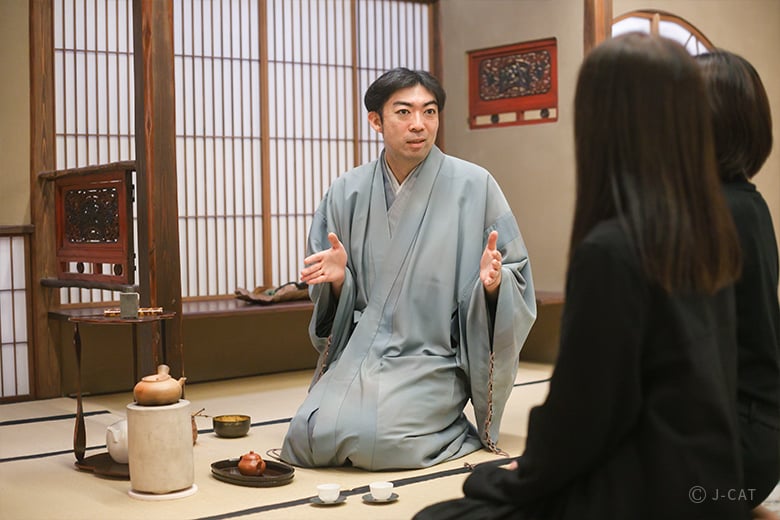
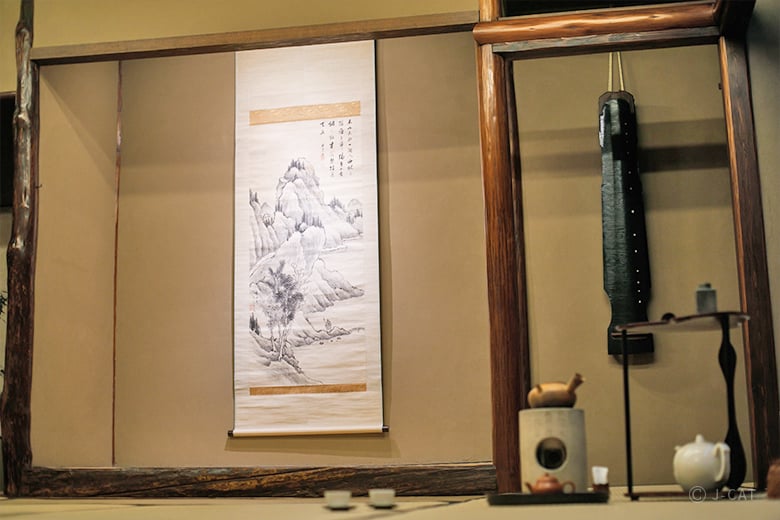
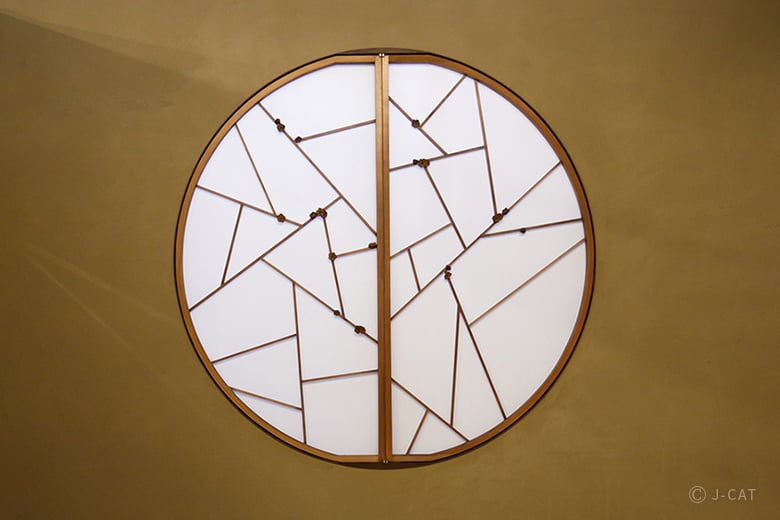
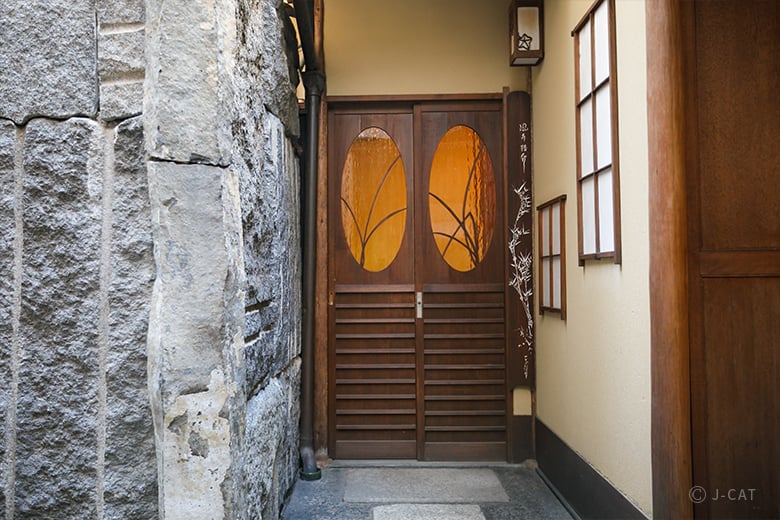
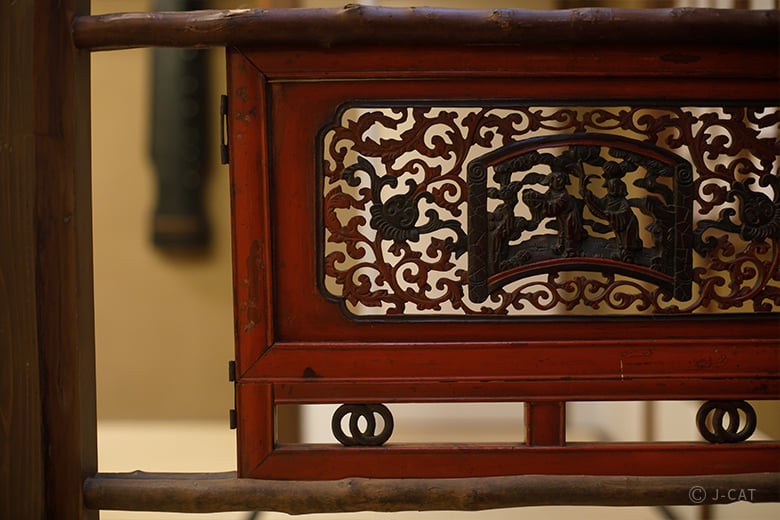
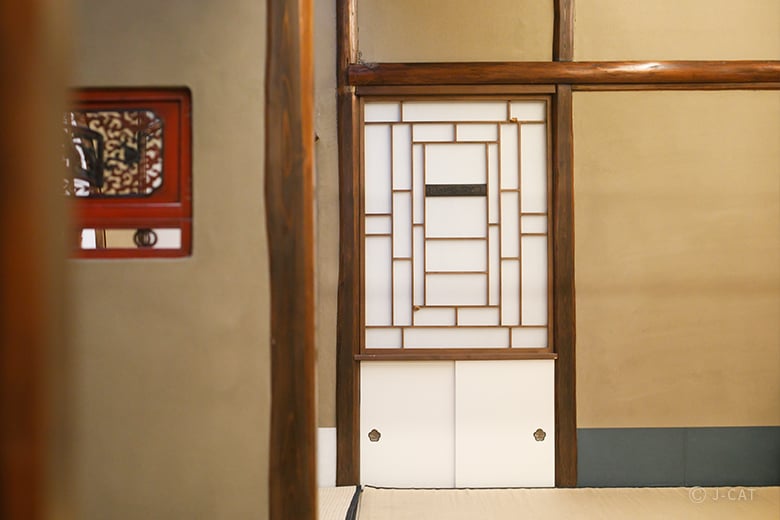
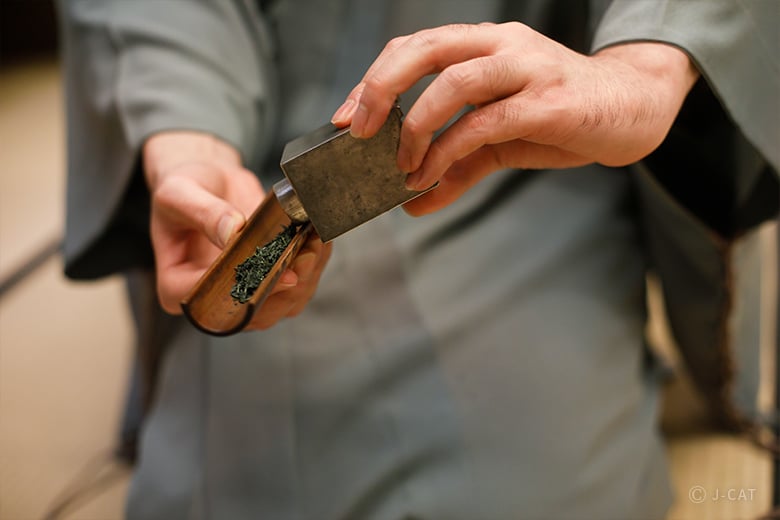
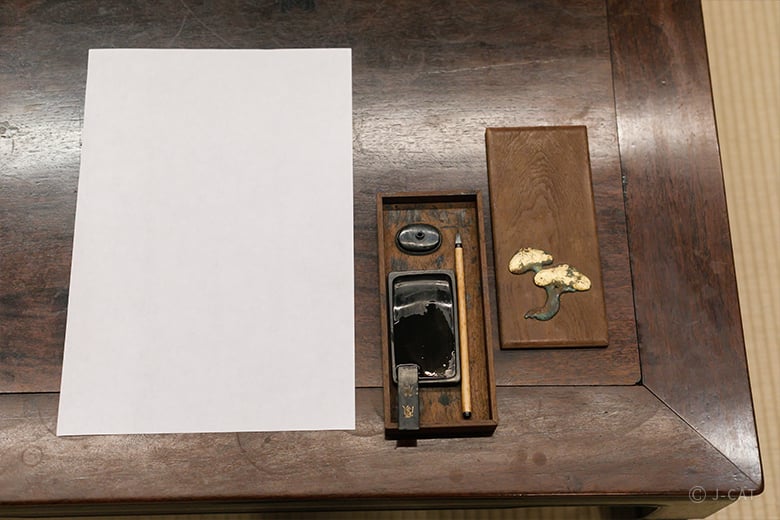
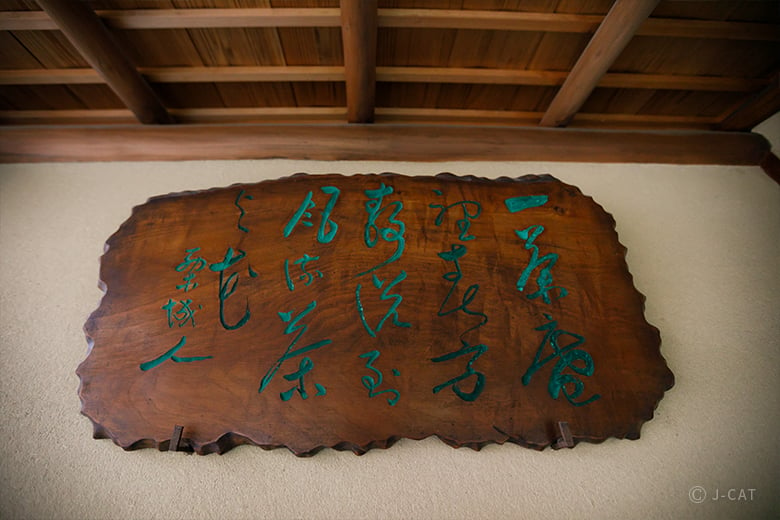
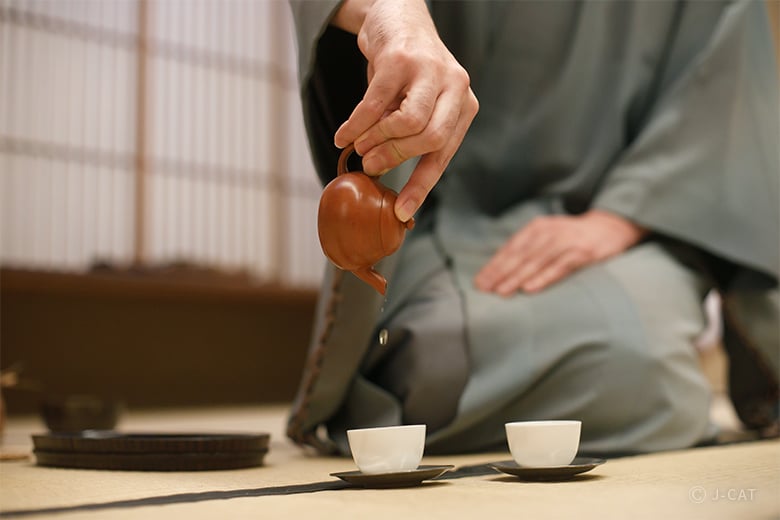
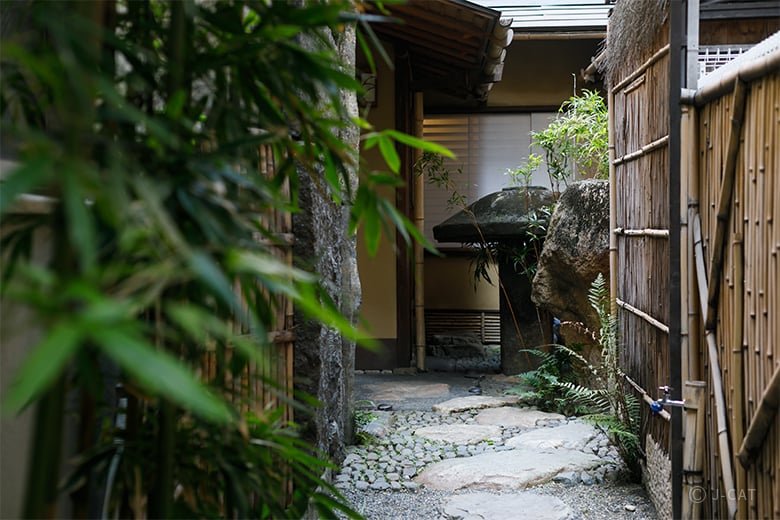
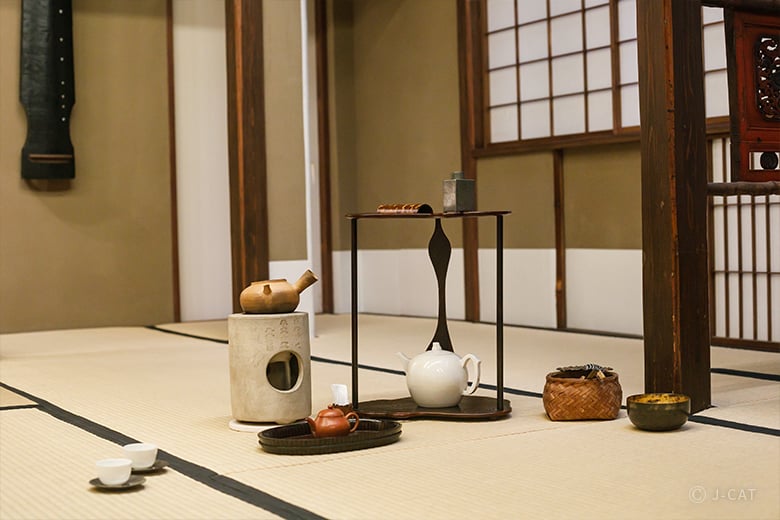
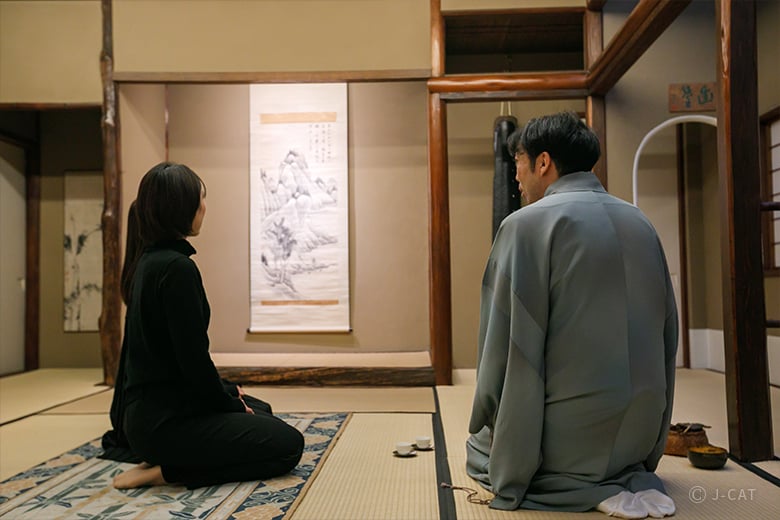
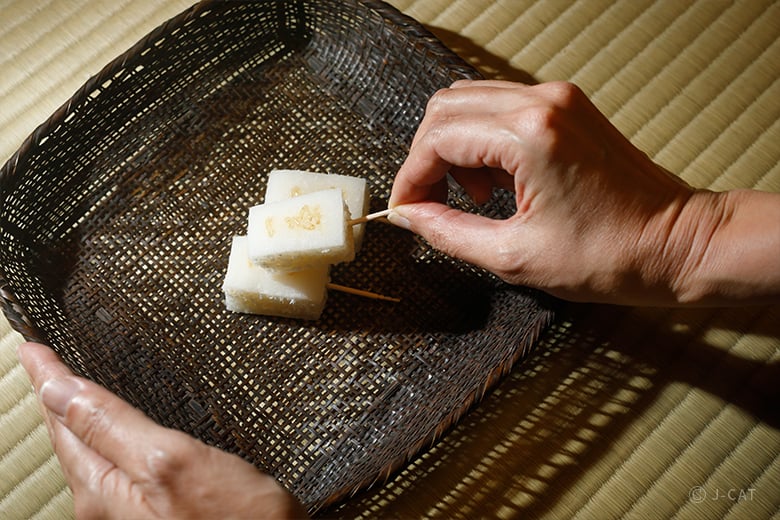
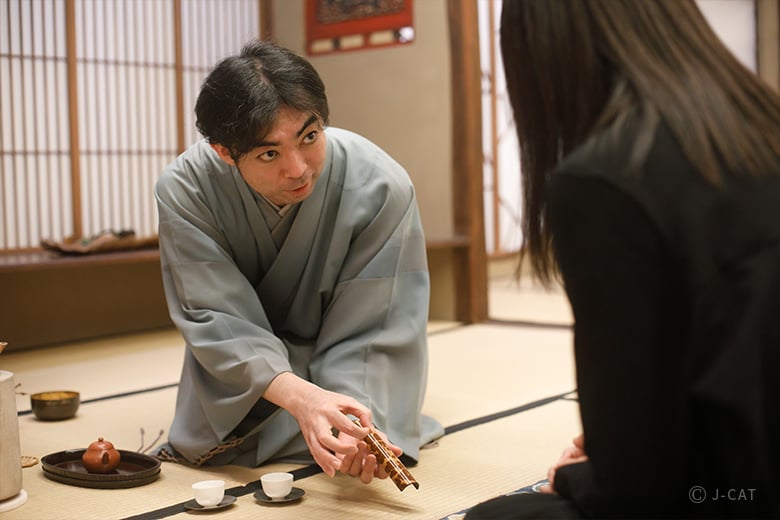
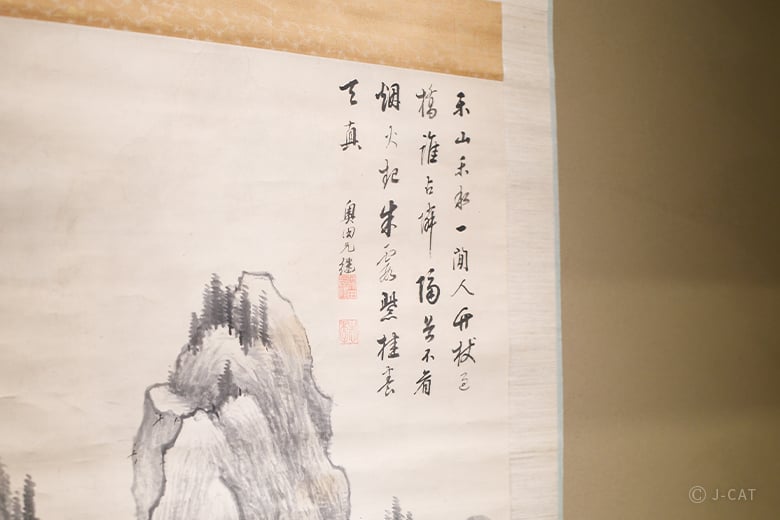
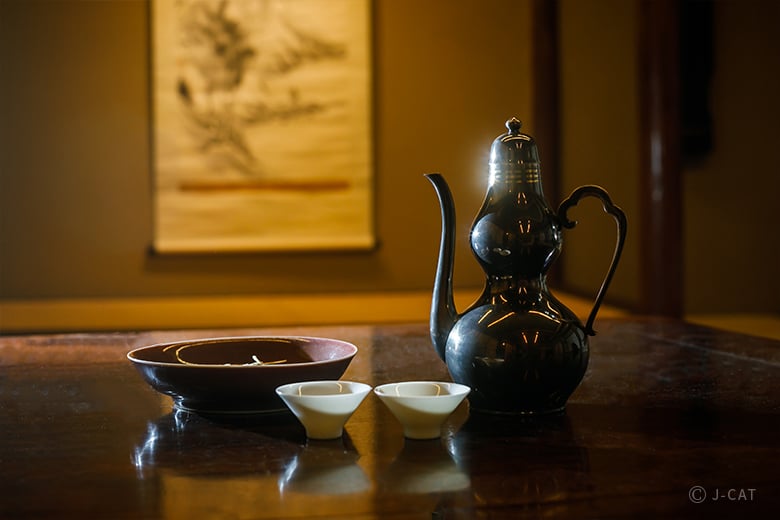
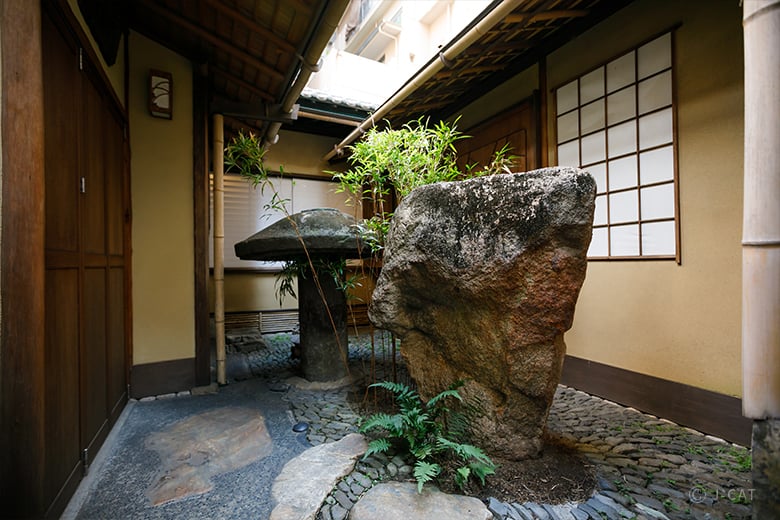
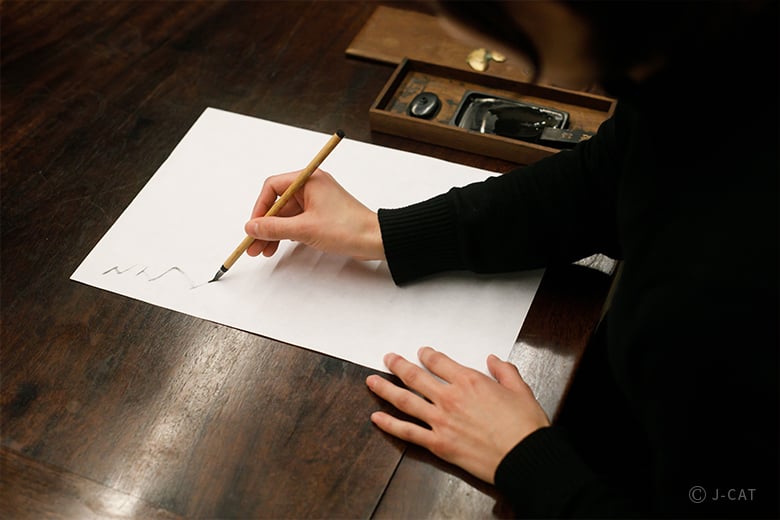
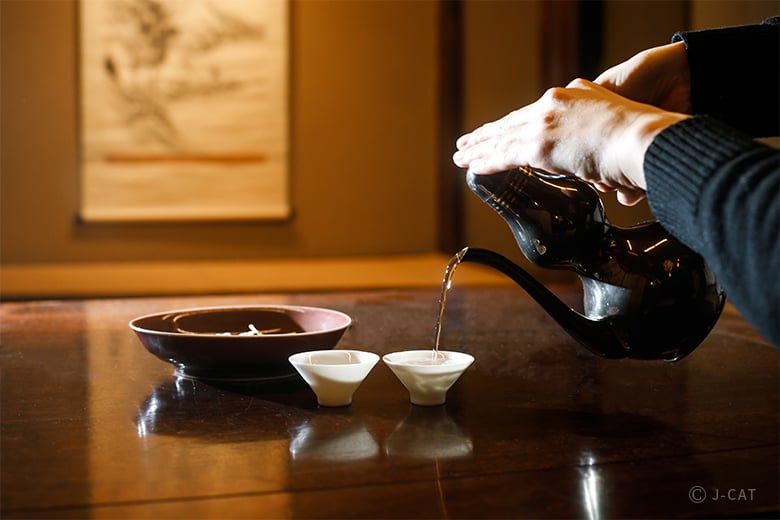





















Overview
Not far from Osaka Castle sits tearoom Issa-an, a nationally registered tangible cultural property where past meets present, sencha tea meets inkbrush art, and dialogues among intellectuals and artists bridge time and space. Visitors to the tearoom can experience the Edo-period artistic tea salon culture of "Bunjin Sencha." After the inspirations of tea gathering, art, and conversation, try your own hand at freeform brush expression of your own.
Key Features
・Delight in tea and art side-by-side in the Bunjin Sencha tea gathering art salon culture of Osaka’s literature- and art-loving Edo Period merchant class.
・Learn from Sencha master and Issa-an’s official heir Shio Tsukuda, whose career highlights include introducing Osaka culture to visiting partners of world leaders in the Osaka G20 Summit 2019.
・Delve into discussions of art while viewing great works of ink painting before taking up brush and ink to realize your own inspirations.
Osaka
80mins
from ¥34,100 /person
1 - 15 participants
Available in English
Cancel free up to 11 days prior
Details
Bunjin Sencha as Handed Down through Issa-an
In the latter half of the Edo period (1603-1867), Osaka was the heart of the nation’s economic life. Financial power was concentrated in its central Semba district, in the shadow of the iconic white, green, and gold tower keep of Osaka castle. Here, a deep appreciation for the rich culture of Chinese art, poetry, and calligraphy took root among the ranks of the city’s ascendent merchant class, who had grown wealthy and were highly educated. They began to gather at social parties to share their collections of imported art and literature over sencha tea gathering and spirited conversation. Thus emerged the city’s unique tea salon culture: Bunjin Sencha. Bunjin literally translates to “person of letters,” and this plan recreates the tea parties in which these art-loving literati indulged their intellects through deep engagement with sencha tea gathering, ink painting, and other artistic pursuits.

A chance for hosts and guests alike to lose themselves in cordial conversation
Bunjin Sencha’s cultural origins lie in these gatherings of this artistically sensitive and literarily-inclined Osaka merchant class, though its traditions were inherited and further developed by later business people and cultural luminaries. Issa-an carries on this legacy, bridging the late Edo period with the 21st Century and beyond. Sencha master and Issa-an’s official heir Shio Tsukuda will be your guide in this plan. Among Tsukuda’s career highlights so far is acting as the cultural guide into Osaka culture for visiting public figures in the Osaka G20 Summit 2019.

The entrance to Issa-an, where anticipations brew and bubble for the inspiration and conviviality ahead
Bunjin Sencha’s cultural pedigree is first and foremost all about socializing in a casual and open atmosphere where people can speak their minds, and this remains central. Manners, etiquette, and even the famous Japanese culture of hospitality and entertaining guests all take a backseat to the simple belief in people finding friendship through enjoying themselves together.

The host chooses and prepares their tea accouterments in playful dialogue with the day’s thematics
Let Sencha Master Shio Tsukuda Open your Eyes to a New Appreciation of Ink Painting
Tsukuda begins with the relevant concepts of art appreciation. Chinese-style ink paintings do not use color, relying entirely on brush technique and ink shading to express depth and detail. This leaves more to the viewer’s imagination than full-color art styles, inviting an openness of interpretation and appreciation of the subjects depicted.

Ink painting renders details in the faintest highlights and darkest darks of the black ink
Issa-an’s ink paintings are hung on the walls directly in front of guests – like they might have been in an Edo Period merchant household – rather than behind protective glass like you might find at a museum. This lends itself to a greater intimacy between art and viewer and a greater sense of connected presence in the real world – both in the room itself, and in the spaces the artists depicted in their work. Let these precious works of art transport you, taking them in just as you would have if you had been a salon regular among Osaka’s Edo Period literati.

Guests openly discuss their reactions to pieces
While the high culture of the old capital Kyoto, often described with the Japanese term miyabi, embodies “refined elegance” or “sophisticated grace,” the playful cultural milieu and entrepreneurial spirit of the great commercial hub Osaka was another world entirely – with a legacy still palpable in the cultures of the two cities. Just as Osakans today, the city’s Edo period merchant class prized good humor, experimentation, innovation, and idiosyncrasy. By experiencing Bunjin Sencha, you can discover the beguiling charms of Japan’s major regional cultures so often left out of its conventional depictions abroad.
Probe the Palate and Precious Paraphernalia of Sencha
Matcha might be the most famous variety of Japanese green tea, but sencha is no mere offshoot. Whereas matcha is made by dissolving powdered tea into hot water by stirring, sencha is made by steeping whole leaf tea in hot water and drinking only the extract. This gives sencha a lighter palate and a translucent green color that sets it apart from the heavier palate and opacity of matcha.

Delight in the brewed tea leaf extract of sencha green tea
Issa-an accompanies its sencha with its original wagashi confection known as Issa Dengaku, which is reserved for special tea parties.

Issa Dengaku, prepared alongside sencha, is soft gyuhi-style mochi enrobed in sumptuous mild-sweet white bean paste
Taste your fresh-brewed sencha while drinking in Tsukuda’s explanations of the tools he uses to brew it – such as his rare and beautiful Chago notched measuring scoop, a prized and highly sought-after item in salon culture of the day as it was made from precious bamboo that had been completely eradicated two centuries prior. Hear all about this and other fascinating tales of work and play in this social strata while engaging in their delightful legacy of Bunjin Sencha.

Tsukuda talking a traveler through the tea time toolset
A Time for Uninhibited Expression
When you have filled yourself with the inspirations of sencha and a few of ink painting’s great works, try your own hand at creation – just as the literati of the salon culture’s heyday, who often wound down a session by producing and sharing works of their own.

Comprehend the concepts and connotations of the craft’s calligraphic captions
One interesting and characteristic component of Chinese-style ink painting is the practice of accompanying pictures with brush calligraphy captions written by a separate writer-calligrapher. This makes the final piece a kind of collaborative work across time and space between two artists drawing mutual inspiration from each other to render a shared scene or concept through two different mediums in a single piece.

Put your inner world to paper through brush and ink
You might choose to write your impressions of the work you viewed, compose a commentary addressed to an eminent salongoer of centuries past who viewed the same work, or something else entirely. The concept for your work is yours entirely to decide, and an open invitation to express your own sensibilities creatively, just as did the bunjin of the past.
Bunjin Sencha as it Blossomed and Flourished in Osaka, the Edo Period’s Cosmopolitan Hub for Intellectual Admixture and Cross-Pollination
In this Wabunka plan, enjoy the optional add-on of drinking sake with paired nibbles all curated by Tsukuda to complement the themes and spirit of the day, and bask in the afterglow of this liminal interval, wherein new insights abound. Additional fees apply.

Cups clinking, sake drinking and artistic thinking
Bunjin Sencha is a culture of sharing literature, art, knowledge, and most of all human interaction through sencha tea gathering. It is also a bridge across time and space, wherein ink paintings are works of art to appreciate – yes – but also windows through which to connect with artists, literary figures, and salon-goers of ages past and ages to come. Issa-an has managed to capture and carry on this profound legacy in a space just waiting for you to step inside and join in the fun.
Issa-an

Issa-an
A sencha tearoom and registered national tangible cultural property nuzzled between the foot of the famed Osaka Castle complex and Osaka’s historic Semba neighborhood, wherein flourished the culture of Bunjin Sencha – or Tea Salons – of the city’s Edo Period art-loving merchant class literati. Shio Tsukuda is your host, heir to the Issa-an School of Sencha, who works to pass on these convivial and stimulating traditions including to such high company as at the 2019 Osaka G20 Summit, where he participated in the Official Spouses’ Program, bringing Bunjin Sencha to the partners of the world’s leaders.
Location
Issa-an
Chuo Ward, Osaka
Request for booking
Select first preferred date (JST)
January 2026
Sun
Mon
Tue
Wed
Thu
Fri
Sat

Instant Booking

Request Booking

17
Full

17
Unavailable
Osaka
80mins
from ¥34,100 /person
1 - 15 participants
Available in English
Cancel free up to 11 days prior
Things to know
Contact Us
If you have any questions, please contact us using the form below.
We also accept bookings from corporate clients and travel agencies.